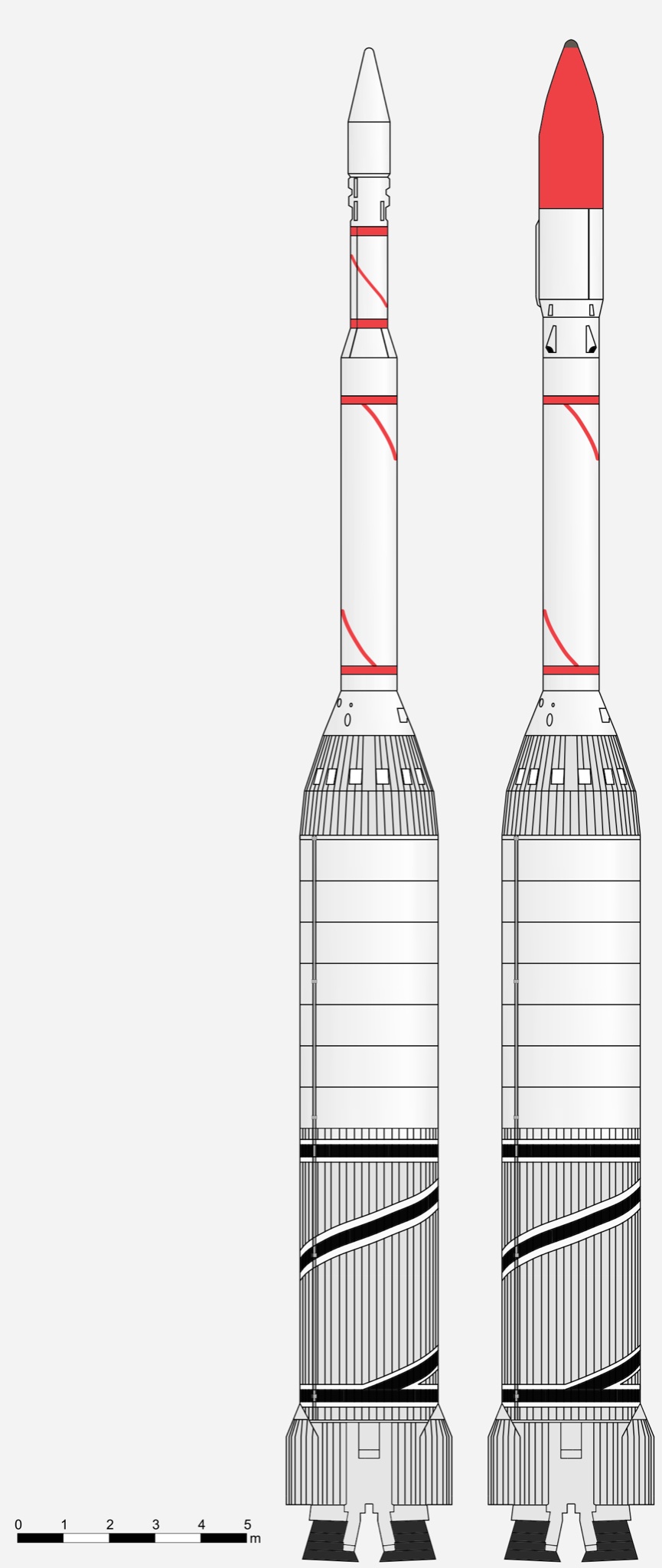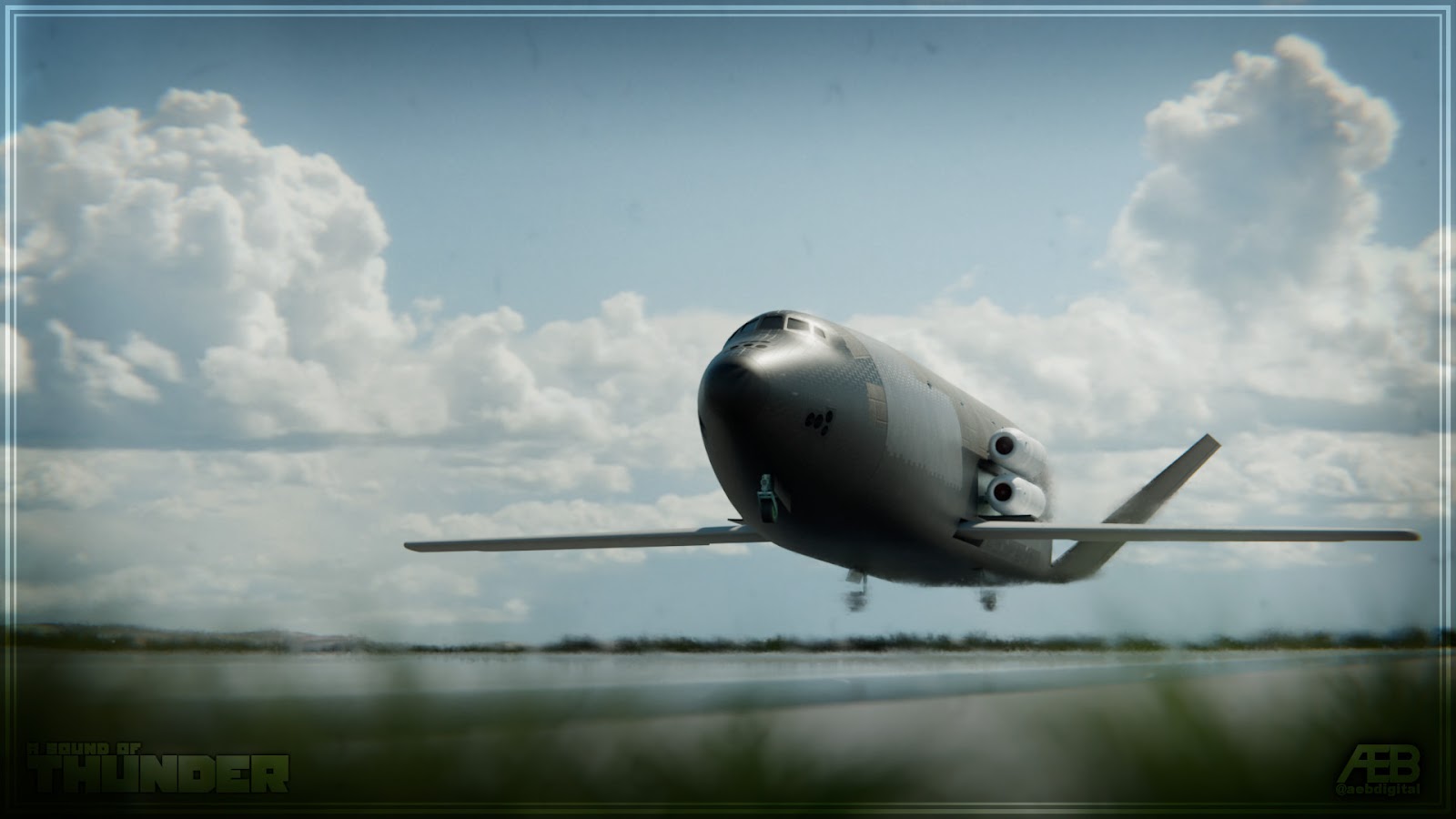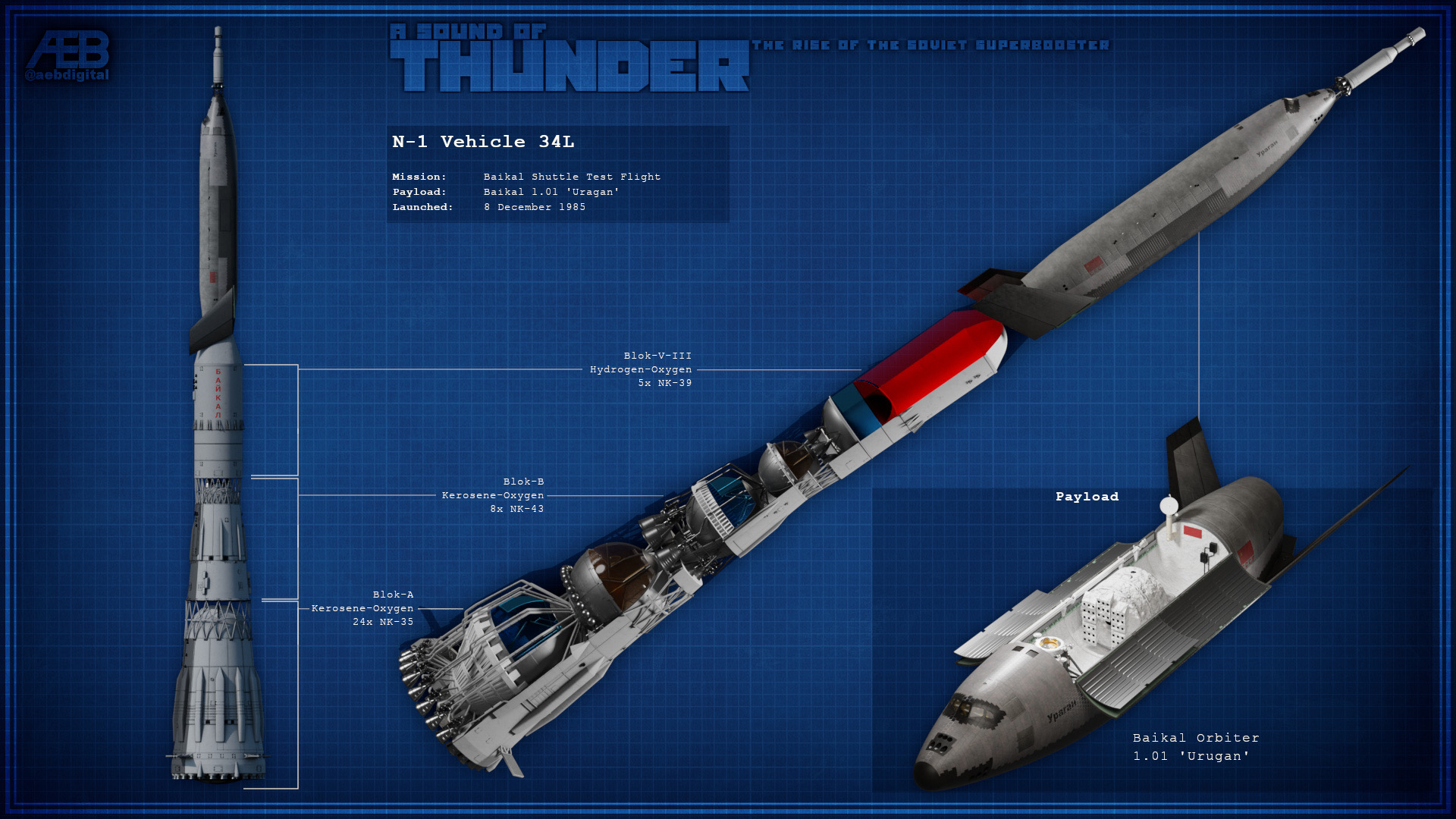France launched its first satellite Asterix in November 1965 aboard Diamant A, but Diamant was merely an offshoot of the French ballistic missile R&D program, led by the French Armament Directorate (DMA/DGA) through the SEREB, the ballistic missile development consortium. CNES, the french space agency, only had a small, not very technical participation in this program.
Since Diamant A was heavily derived from test stages, it was both unoptimized as a launcher and produced in limited numbers, so CNES studied ambitious replacement early on (going as far as what is essentially a 60s version of PPH A6 of Soyuz class), but in 1966 budget cuts, as well as the growing imperative of building the Kourou space center since France agreed to vacate its algerian bases ahead of schedule, forced CNES to reconsider its plans.
There was a short period where a variety of launcher were proposed, from Avro Vulcan launched Diamant, to near direct conversion of the S2 ballistic missile, or simply a purchase of Scout launchers (NASA had launched the second french satellite on a scout, and was ready to give the french very generous offers) eventually the propositions coalesced to two: Replacing the first stage of Diamant A with either a lengthened and improved version of its liquid stage, called L17 Amethyste, or with the first, solid stage of the ballistic missiles, called P16/902.
Given similar performances, the P16 quickly became the favoured solution, as it was already undergoing flight tests as part of the well-funded French Ballistic missile program, and its commonality with them ensured a sustainable production lines into the 70s, which would be useful if the launch rate is low. The L17, despite some advantages like a softer flight environment and theoretically lower cost at high cadence, would take a few years to develop, even with its improvement being already tested as part of Europa-Coralie and the Vesta sounding Rocket.
The debate became heated both within CNES, and between CNES and SEREB/DGA, indeed it was clear to everyone that it wasn't just a technical choice, but that this choice would determine the ownership of the French launchers, either with the civilian, public agency CNES, or with the military-led, industrial consortium SEREB. The General Aubiniere, the first CNES director, made winning the control of launchers one of its priority. Indeed, beside the direction aspect, many at CNES thought that liquid propulsion would be more important in the future, and that the end of liquid propulsion R&D would jeopardize Vernon's LRBA, which was at the time working on the early version of the Viking Engine.
Debates became most intense by April 1967, when something tipped the balance, ELDO, the european organisation that built the Europa rocket, wanted to test the new upper stage of the Europa II and sent a call to tenders (as the VEMPA propgra) for a booster rocket for this stage, Britain proposed the Black Arrow, while France, through CNES, proposed their L17-Diamant B, the later won, and with it an order and funding for 4 rockets, this, alongside the end of an electoral period, unfroze the debate and allowed CNES's proposal to win, with them gaining prime directorship and direction of the Diamant B, while SEREB would get a subordinate advisor and operator role. Eventually a year later the VEMPA program would be cancelled, and 2 of the four Diamant B would be repurposed.
So I decided to draw what the alternative Diamant B (sometime called Super Diamant) with a P16 first stage would look like, both in its original version and with a P4 RITA second stage, like the Diamant BP4, the livery is based on the Diamant, as well as some models of heavier SEREB launcher proposals of the time.
The diameter is 1.5m at the base, 0.8m for the Super-Diamant's upper stage, the height is 17m and 14m respectively, the mass is 22.5t and 24.7t respectively. Announced performance to orbit of the former is 250 kg to a 6° 200km orbit for the Super Diamant (left) version
The consequences of this choice would be important, Aerospatiale, inheritor of SEREB, would become the director of french launchers, CNES would probably be entirely moved to Toulouse (instead of its launcher part staying near paris) in the late 60s, and probably wouldn't be in a position, both in term of influence and skills, to propose the LIIIS launcher (the proto Ariane) as an alternative to Europa III in 1972-1973. Aerospatiale, busy with Airbus, may not have the interest and focus to fight for a European launcher after the failure of ELDO, and it may well flounder at the negociation stage, alternatively, its IRL proposal "Europa III National" (an Ariane 1 first stage with a single, larger hydrogen second stage using less advanced propulsion than the Europa III), may well be built instead of the Ariane 1 we know. Since the first two stages of the Super Diamant P4 are derived from French ICBM (the first stage of S2/S3 and the upper stage of M1), and with its fairing derived from the Black Arrow's (like the IRL Diamant BP4), only the third stage and equipment bay would be unique to it, ensuring a lower cost production line that may survive through the 70s' oil crisis cuts. The P4 RITA may as well be replaced by a P6 RITA 2 of the S3 Missile, achieving even higher commonality with ICBMs and giving it a payload of maybe up to 400kg to equatorial low earth orbit..
Some book recommandations on the subject:
-Politique Industrielle de la France, L'ambition technologique: Naissance D'ariane, Emmanuel Chadeau 1994
-L'aventure spatiale française. De 1945 à la naissance d'Ariane, Philippe Varnoteaux, 2015
-La construction d'une politique spatiale en France, Hervé Moulin, 2017










